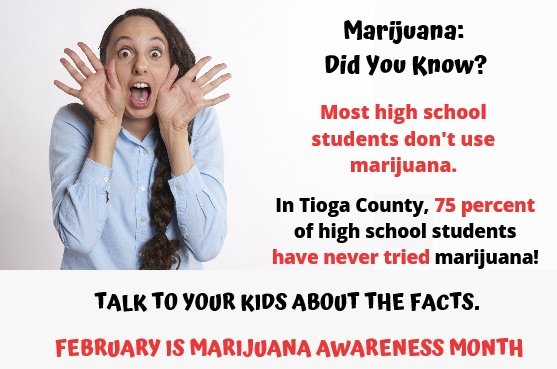Have you ever used or heard others use terms such as junkie, addict, dirty, or scumbag to describe a person who has a substance use disorder? According to the National Survey on Drug Use and Health (NSDUH), 19.7 million American adults (aged 12 and older) battled a substance use disorder in 2017.
Most of the people who use substances have been called these names and worse. Many people feel that drug addiction is a moral problem and that people with substance use disorders are to blame for those problems. This creates a stigma that prevents many people from seeking life-saving treatment for fear of being judged and mistreated.
People who are stigmatized the most include those who use illegal drugs (especially injectable drugs such as heroin), people who use medication assisted therapies like methadone or Suboxone, people who use any drugs or alcohol to excess, women who use substances (especially if they are pregnant or have children), and people of lower socio-economic status.
According to the World Health Organization (WHO), stigma is a major cause of discrimination and exclusion and it contributes to the abuse of human rights. When a person experiences stigma they are seen as less than because of their real or perceived health status. Stigma is rarely based on facts but rather on assumptions, preconceptions, and generalizations; therefore, its negative impact can be prevented or lessened through education.
Simple things like changing our language from saying someone is a “substance user” to “someone with a substance use disorder”. This gives individuals their own identity separate from their disease. Other ways that we can help reduce stigma is to educate ourselves. Learn about substance use disorders and how substances affect us. Replace negative attitudes with evidence based facts. Treat every human with the dignity and respect that you would want if you were diagnosed with a fatal disease. Reducing stigma will open the doors for many people who are reluctant to seek treatment to reach out for help and support.
Sources:
Canale, M. K. (n.d.). The Stigma of Addiction Project. Retrieved from https://www.heretohelp.bc.ca/visions-stigma-and-discrimination-vol2/stigma-addiction-project.
Link, B. G., & Phelan, J. C. (2001). Conceptualizing stigma. Annual review of Sociology, 363-385.
Thomas, S. (n.d.). Addiction Statistics: Drug & Substance Abuse Statistics. Retrieved from https://americanaddictioncenters.org/rehab-guide/addiction-statistics.
(Michelle L. Dunham, BS, CASAC 2, is a Senior Substance Abuse Counselor; the editorial was provided through Tioga County Alcohol and Drug Services in partnership with Tioga ASAP Coalition.)



Be the first to comment on "Reducing the Stigma of Addiction"